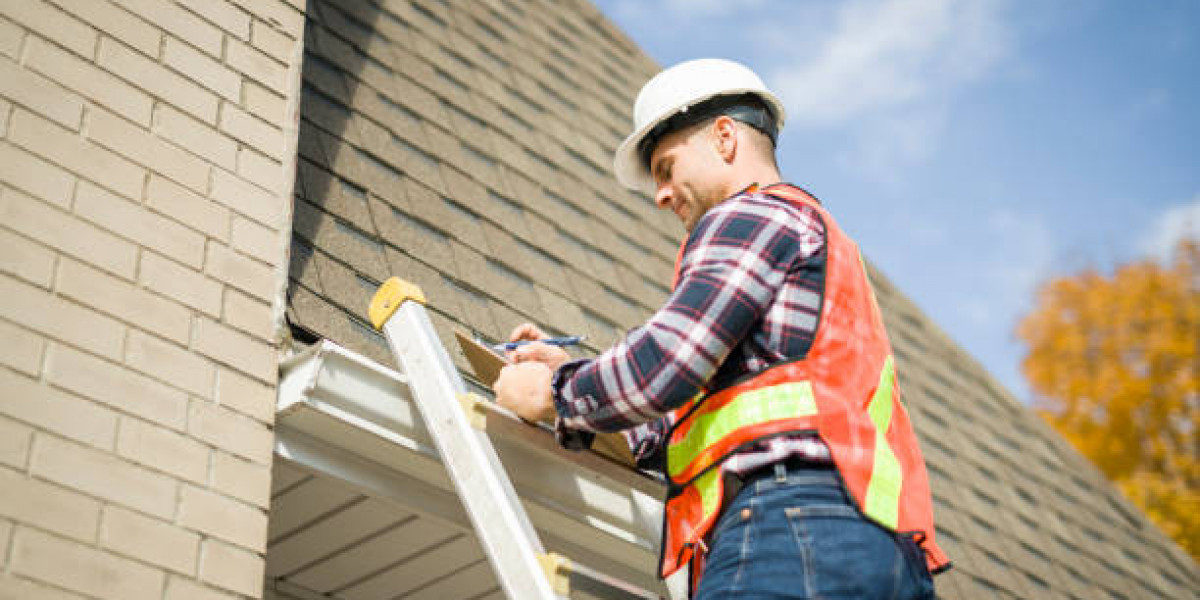Roof Maintenance is one of the most important responsibilities every homeowner must prioritize to protect their property. I remember the first time I ignored a few small leaks, thinking they weren’t urgent. Months later, I found myself dealing with water stains, mold, and costly repairs. That experience taught me that consistent roof care prevents bigger problems and extends the lifespan of your home’s first line of defense. The right approach to roof upkeep combines regular inspections, timely cleaning, and professional support when needed. With trusted companies like 214 Roofing, homeowners gain peace of mind knowing their roof is prepared to withstand the toughest conditions.
Why Roof Maintenance Matters
A roof isn’t just shingles and nails—it’s your home’s shield against rain, wind, and heat. Without proper care, small issues quickly escalate into major structural problems. Regular roof maintenance preserves energy efficiency, prevents water damage, and ensures long-term protection. It’s much more cost-effective to maintain than to replace prematurely.
Task 1: Inspect Your Roof Twice a Year
Seasonal inspections are essential because the weather impacts roofs differently throughout the year. Spring checks allow you to spot winter damage, such as cracked shingles or ice-dam residue. Fall inspections prepare your roof for snow, wind, or storms. Even if nothing looks major, catching early wear prevents future leaks. Skipping this step means you may only notice problems when they’re too costly to ignore.
Task 2: Clear Debris From Roof and Gutters
Debris like leaves and branches seems harmless, but it holds moisture that deteriorates shingles. Gutters clogged with debris prevent proper water flow, causing overflow and even foundation issues. I once discovered that neglected gutters had led to attic water intrusion—a mistake that could have been avoided with regular cleaning. Keeping your roof clear promotes proper drainage and protects the entire structure.
Task 3: Check for Damaged or Missing Shingles
Shingles are your first line of defense against the weather. A single missing or cracked shingle can expose the underlayment, leading to leaks. Wind and storms often loosen shingles without homeowners noticing until damage spreads. Replacing one shingle is inexpensive, while ignoring it can require replacing whole sections later. Inspecting and addressing this promptly ensures your roof’s protective barrier remains intact.
Task 4: Examine Flashing and Seals
Flashing is the metal or sealant around chimneys, vents, and skylights, and it’s often the weakest point on a roof. Over time, flashing cracks, warps, or shifts create small gaps where water seeps in. I learned this during an inspection when a minor flashing crack caused ceiling stains. Regularly checking these spots prevents leaks and keeps your roof fully sealed.
Task 5: Trim Overhanging Tree Branches
Trees provide shade and beauty, but overhanging branches scrape shingles, drop debris, and serve as bridges for pests. During storms, branches can break and puncture your roof. Trimming them back reduces these risks significantly. When I finally trimmed the trees around my property, storm clean-up was easier, and my gutters stayed clearer. It’s a simple step that protects your home’s safety.
Task 6: Look for Signs of Moss or Algae
Moss and algae not only affect curb appeal but also weaken shingles by holding moisture against the surface. Over time, this leads to deterioration and costly repairs. During one inspection, moss growth had begun lifting shingles at the edges, which could have shortened the roof’s lifespan. Treating moss early with professional cleaning solutions extends the roof’s durability and preserves its appearance.
Task 7: Ensure Proper Attic Ventilation
A roof’s condition is tied to what’s underneath it. Without proper attic ventilation, heat and humidity build up, damaging shingles from the inside out. Poor ventilation can also cause mold growth and increased energy bills. I learned this when a contractor explained how air circulation in the attic directly impacts roof performance. Proper ventilation extends the life of your roof and improves home comfort.
Task 8: Inspect Interior Ceilings and Attics
While exterior inspections are common, many homeowners forget to check inside. Water stains, mold, or damp insulation often indicate roof leaks long before they’re visible outside. In my case, a ceiling stain led to discovering a slow leak that had been active for months. Routine interior checks catch hidden damage early, reducing repair costs and protecting your living space.
Task 9: Test Roof Drainage Systems
Downspouts and drainage systems are often overlooked, yet they play a vital role in keeping water away from your foundation. If water doesn’t drain properly, it pools on the roof or near the home, leading to serious structural issues. Testing downspouts ensures water flows freely and protects both the roof and the rest of the house. It’s a quick check with long-term benefits.
Task 10: Schedule Professional Inspections
While personal inspections help, professionals have the training to spot subtle signs of wear you may miss. They use specialized tools to assess weak spots, flashing, insulation, and structural integrity. My contractor once found minor hail damage that I would have overlooked, but could have caused leaks later. Investing in professional inspections saves money in the long run by addressing issues early.
Task 11: Keep an Emergency Plan Ready
Even the best maintenance can’t prevent every emergency. Storms, falling branches, or accidents can still cause sudden roof damage. Having tarps, sealants, and a contractor’s contact details ready allows you to respond quickly. During a recent storm, I relied on my emergency plan to contain a leak until help arrived, saving thousands in interior repairs. Planning keeps your home protected year-round.
The Link Between Maintenance and Repair
Good maintenance reduces the likelihood of repairs, but when they’re necessary, being informed helps. Having access to step-by-step guides about fixing roof issues ensures homeowners know what to expect when problems arise. Combining proactive care with practical repair knowledge creates a strong foundation for long-term protection.
Experience-Based Takeaway
From years of owning a home, I’ve realized roof maintenance is not optional—it’s essential. Ignoring small tasks often leads to large expenses, while consistent care extends roof life and saves money. Homeowners who build a habit of routine checks, cleaning, and inspections protect both their property and their family’s comfort. When maintenance goes beyond what you can handle, experts like 214 Roofing provide the professional support needed to keep your roof strong and reliable.
Frequently Asked Questions (FAQs)
1. How often should I schedule roof maintenance?
At least twice a year—spring and fall—and after major storms.
2. Can I perform roof maintenance myself?
Yes, tasks like clearing debris and inspections can be DIY, but professional checks are still vital.
3. What’s the biggest risk of skipping roof maintenance?
You risk leaks, mold, water damage, and expensive repairs from small problems left untreated.
4. Does roof maintenance extend roof lifespan?
Yes, proactive maintenance can add 5–10 years or more to your roof’s life.
5. When should I replace instead of maintain?
If you find recurring leaks, widespread shingle loss, or severe structural issues, replacement may be the better choice.








